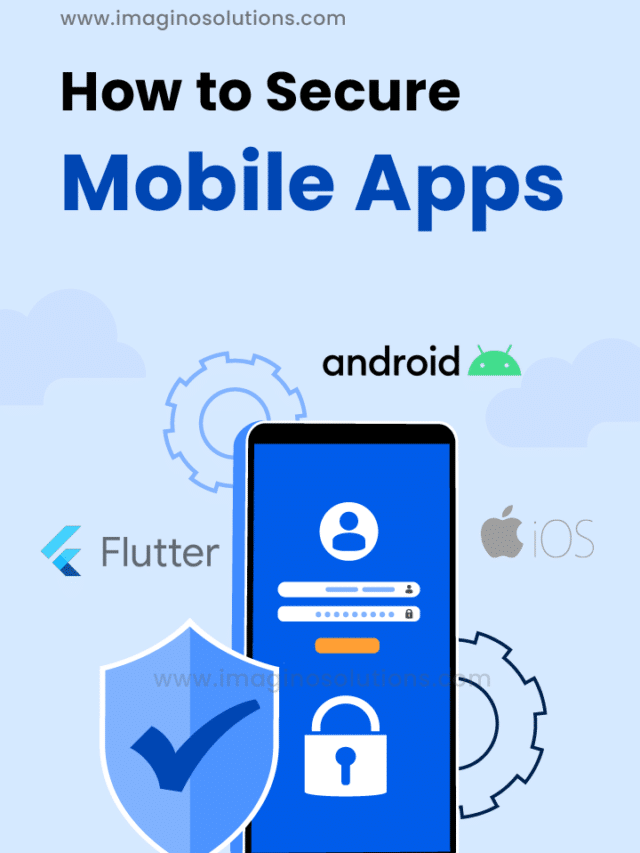In the world of technology-mobile devices are more popular than laptops or desktops. Security has always been a major concern for mobile apps. Smartphones have become an indispensable element of daily life. It contains a lot of personal, financial, and other sensitive information. According to Forbes, 70% of the most used Android apps lose sensitive data, putting millions of consumers at risk. For this reason, all stages are important, from planning the development of the mobile application to the start-up and subsequent maintenance of the application itself. Here are some ways to improve the security of your mobile application so that your users and your business are not at risk.
Secure the source code
When developing mobile apps, most of the source is usually with the client. Consider hiding the icon to protect it from hackers. This results in the code base becoming ambiguous and confusing, preventing attackers from using tactics such as reverse engineering. Using software like Pro-Guard can make it easier to obfuscate the codebase. The open-source code is more dangerous because the hackers can create clone apps easily using the reverse engineering technique with the help of tools available on the internet. So it’s more important to secure the code.
Securing Communications
While the data is being transferred from the user side to the application, there are many ways to hack. A hacker can launch a man-in-the-middle attack on Wi-Fi and cellular networks. It is important to secure data when connecting. Connection data encryption involves the use of VPN, SSL, TLS, and HTTPS tunnels to secure data in transit.
Make Efficient Use of Cryptography
Encryption is one of the most important aspects of application security. However, incorrect implementation of encryption is detrimental to overall mobile security. Therefore, use the latest APIs to ensure the highest level of cryptographic security. Many cryptocurrencies have proven to be vulnerable to the emergence of cybercrime. Choosing the right encryption tool will improve the cybersecurity of your application. Never forget to test the encryption in person before launching the app.
Strong Authentication Required
Using strong authentication and high-level authentication reduces the possibility of unauthorized access and password-guessing attacks. Multifactor authentication for logins or transactions reduces risk. Stronger authentication leads to better application security. You can also encourage the user to change their password regularly. For highly secure applications, in addition to passwords, we can use biometric authentication such as Touch ID and retina scanning to provide additional protection. For additional security of the app, you can also use time-based login or location-based login.
Third-Party Libraries
Be Caution When Using Third-Party Libraries. Using third-party libraries speeds up the development process and allows for an older version of the application. But this also leaves a lot of room for risk when it comes to mobile security. Therefore, using fewer third-party libraries reduces hacking risks. Also, test the library before integrating it into your project.
Strong API Security
API is an important part of securing your mobile application. APIs are the primary channels for conveying content, data, and functionality. So ensuring their proper security is an essential part of the chain. Identification, authentication, and authorization are the basic security measures that make up a well-designed API. You can even go one step further and integrate an API workaround to increase the security of mobile apps.
Minimize storage of sensitive data
When talking about data storage, you really need a minimum to avoid risks. If possible, never store sensitive user data on a device or on your servers. This only increases the level of risk. If you still need to store data, be sure to use the encrypted data containers mentioned in the previous point. Also, keep your reliance on records to a minimum. Ask to delete it automatically after some time.
Conclusion
You need to understand the security features and limitations of the platform or platforms that you are developing an app for and code accordingly. All factors which might affect app security should be considered before launching it on the market. Cybersecurity is slowly improving in all aspects. For mobile apps, it’s now becoming a bigger differentiator for their success than aesthetic apparel or even usability. If you have any queries, feel free to contact us


